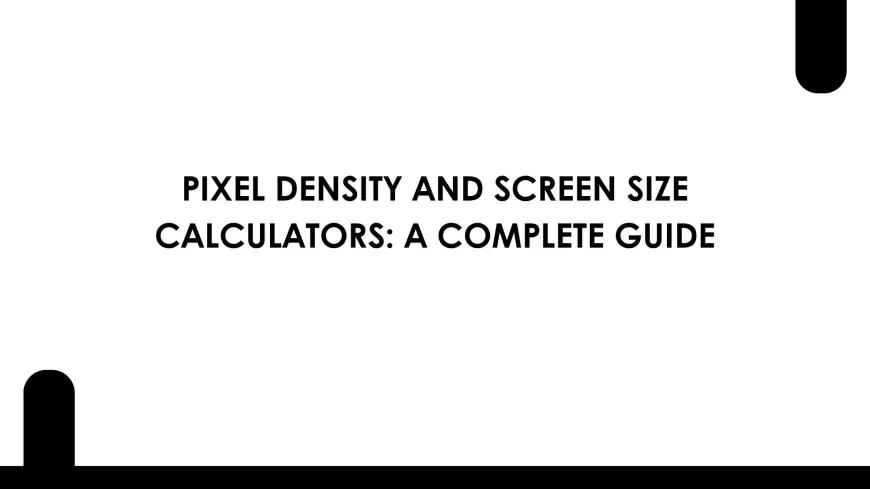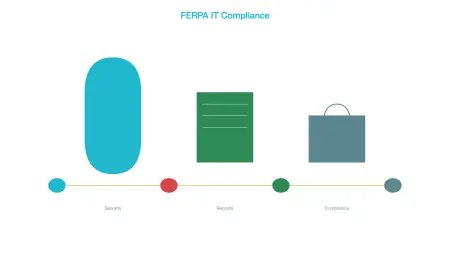Pixel Density and Screen Size Calculators: A Complete Guide
Pixel density is vital because it determines how crisp the image appears to the viewer.

XTEN-AV is dedicated to providing cutting-edge AV tools that help professionals and enthusiasts design flawless visual experiences. Two crucial factors in display technology—pixel density and screen size—directly affect image clarity, sharpness, and overall viewer satisfaction. Understanding how these elements interplay and using tools like a screen size calculator can ensure you get the best results whether you are setting up a home theater, a conference room, or a large-scale display installation.
Understanding Pixel Density
Pixel density, commonly measured in pixels per inch (PPI), defines how many pixels are packed into each inch of a display. Higher pixel density means more pixels in the same area, resulting in finer detail, sharper images, and smoother edges. For example, a smartphone screen may have a pixel density of over 400 PPI, while a large projector screen may have much lower density, depending on the resolution and screen size.
Pixel density is vital because it determines how crisp the image appears to the viewer. If a screen is too large for its resolution, individual pixels become visible, causing a “pixelated” or blurry effect. Conversely, extremely high pixel density can be overkill for certain viewing distances, unnecessarily driving up costs without noticeable improvement.
Why Screen Size Matters
Screen size impacts how images and videos are perceived. The larger the screen, the greater the need for high resolution or pixel density to maintain image clarity. However, screen size alone doesn’t guarantee a good experience. Without considering pixel density, a large screen with low resolution can produce poor image quality.
Selecting the right screen size is about balancing the physical dimensions with resolution, viewing distance, and content type. For example, a 100-inch screen displaying 1080p content at 10 feet might look sharp, but at 4 feet, the pixels may become noticeable.
The Role of a Screen Size Calculator
A screen size calculator is an invaluable tool that helps determine the optimal screen dimensions based on viewing distance, resolution, and pixel density requirements. It provides data-driven guidance to select a screen size that matches your projector, display device, and room layout.
By entering variables like viewer distance and resolution, the calculator can recommend:
-
The maximum screen size before image quality degrades.
-
Ideal viewing distances for different screen sizes and resolutions.
-
The pixel density needed to ensure crisp visuals at a given size.
This tool removes guesswork, making it easier for AV integrators, installers, and consumers to design setups that maximize visual clarity and comfort.
How Pixel Density and Screen Size Interact
There is a close relationship between pixel density and screen size:
-
Higher pixel density supports larger screens without visible pixelation.
-
Lower pixel density limits the maximum size before image quality suffers.
-
Viewing distance affects how pixel density is perceived—further distances allow lower densities without quality loss.
For example, cinema screens use very large displays but with high resolution and projectors designed for long viewing distances. Home theater setups require a balance to ensure viewers sitting closer don’t see pixel structure.
Calculating Pixel Density
Pixel density is calculated using this formula:
This formula helps you understand how many pixels fit into each inch of screen space. Knowing PPI allows you to decide whether your content will appear crisp or pixelated on a given screen size.
Practical Tips Using Screen Size Calculators
-
For home theaters, aim for at least 30 to 40 PPI for a clear and immersive experience at typical viewing distances.
-
For conference rooms or classrooms, prioritize clarity of text, which may require higher pixel density or smaller screen size relative to distance.
-
In large venues, balance pixel density with projection technology and seating arrangements to optimize visibility for all attendees.
Why This Matters for AV Professionals
AV integrators and designers need to combine knowledge of pixel density and screen size to deliver exceptional results. Misjudging these can lead to expensive reworks or poor customer satisfaction. Tools like a screen size calculator provide a quantifiable way to validate design choices and ensure that screen dimensions align with resolution capabilities.
How XTEN-AV Supports AV Design
XTEN-AV offers advanced design and project management solutions that incorporate pixel density and screen size considerations. By integrating screen size calculators and resolution data, XTEN-AV enables AV professionals to produce accurate, scalable, and visually optimized designs quickly. This enhances communication with clients and streamlines installation processes.
Conclusion
Pixel density and screen size are two pillars of display quality that must be considered together. Using a screen size calculator helps make informed decisions, balancing these factors with viewing distance and content type to create a compelling visual experience.
Whether you are setting up a home cinema, outfitting a corporate boardroom, or designing a large public display, understanding and applying the relationship between pixel density and screen size ensures your investment delivers stunning visuals and long-term satisfaction.
With tools and expertise from XTEN-AV, navigating these technical details becomes easier, helping you design the perfect AV setup every time.
Read more: https://comunidad.espoesia.com/gwendpots/screen-size-calculator-for-custom-projection-screens/
What's Your Reaction?
 Like
0
Like
0
 Dislike
0
Dislike
0
 Love
0
Love
0
 Funny
0
Funny
0
 Angry
0
Angry
0
 Sad
0
Sad
0
 Wow
0
Wow
0


















































